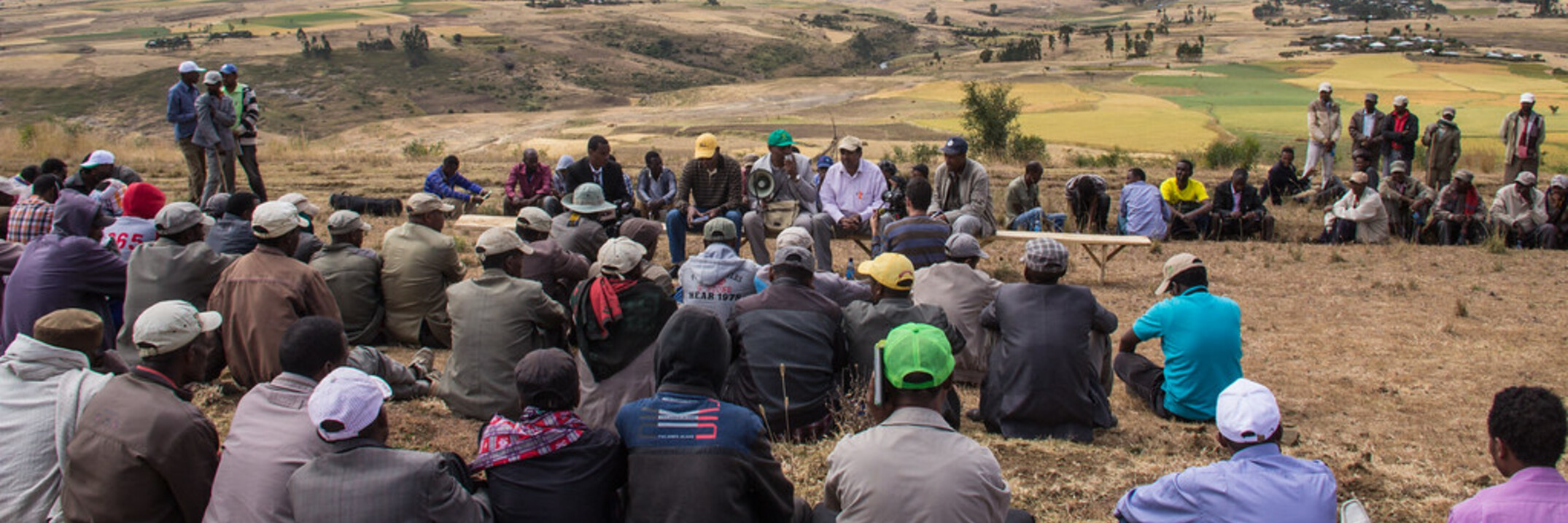ICARDA's Financial Report offers a meticulous examination of our financial achievements, underscoring our unwavering commitment to transparency, effectiveness, and responsible fiscal stewardship. The report provides invaluable perspectives on income...


